Ceramic Serving Plate
Together with gold and the platinum-group metals, silver is one of the so-called precious metals. Because of its comparative scarcity, brilliant white color, malleability, ductility, and resistance to atmospheric oxidation, silver has long been used in the manufacture of coins, ornaments, and jewelry and Serving Plate.
The oldest silver artifacts date from ancient Sumer about 4000 bc. The scarcity of Ceramic Serving Plate silver, combined with its softness and malleability, precluded its use for making tools. These same characteristics, however, combined with its brilliant white color and oxidation resistance, ensured its prominence in ornamentation and as a major part of the monetary systems of most cultures.
Silver is readily worked by nearly all metalworking techniques, including casting, embossing, engraving, forging, inlaying, and enameling.
In ancient times, especially in Rome, silver was highly prized for the making of plateware, household utensils, and ornamental work. Silver later lost its position of dominance to gold, but during the Middle Ages, it once again became the principal material used for metal artwork in Europe.
The similarity between solid gold and gilt silver assured that the less expensive silver would command a large market. Large quantities of silver from the New World also encouraged eager buyers in Europe. The art of silverwork flourished in the Renaissance, finding expression in virtually every imaginable form.
Silver was often plated with gold and other decorative materials. Although silver sheets had been used to overlay wood and other metals since ancient greece , an 18th-century technique of fusing thin silver sheets to copper brought silver goods called sheffield plate within the reach of most people.

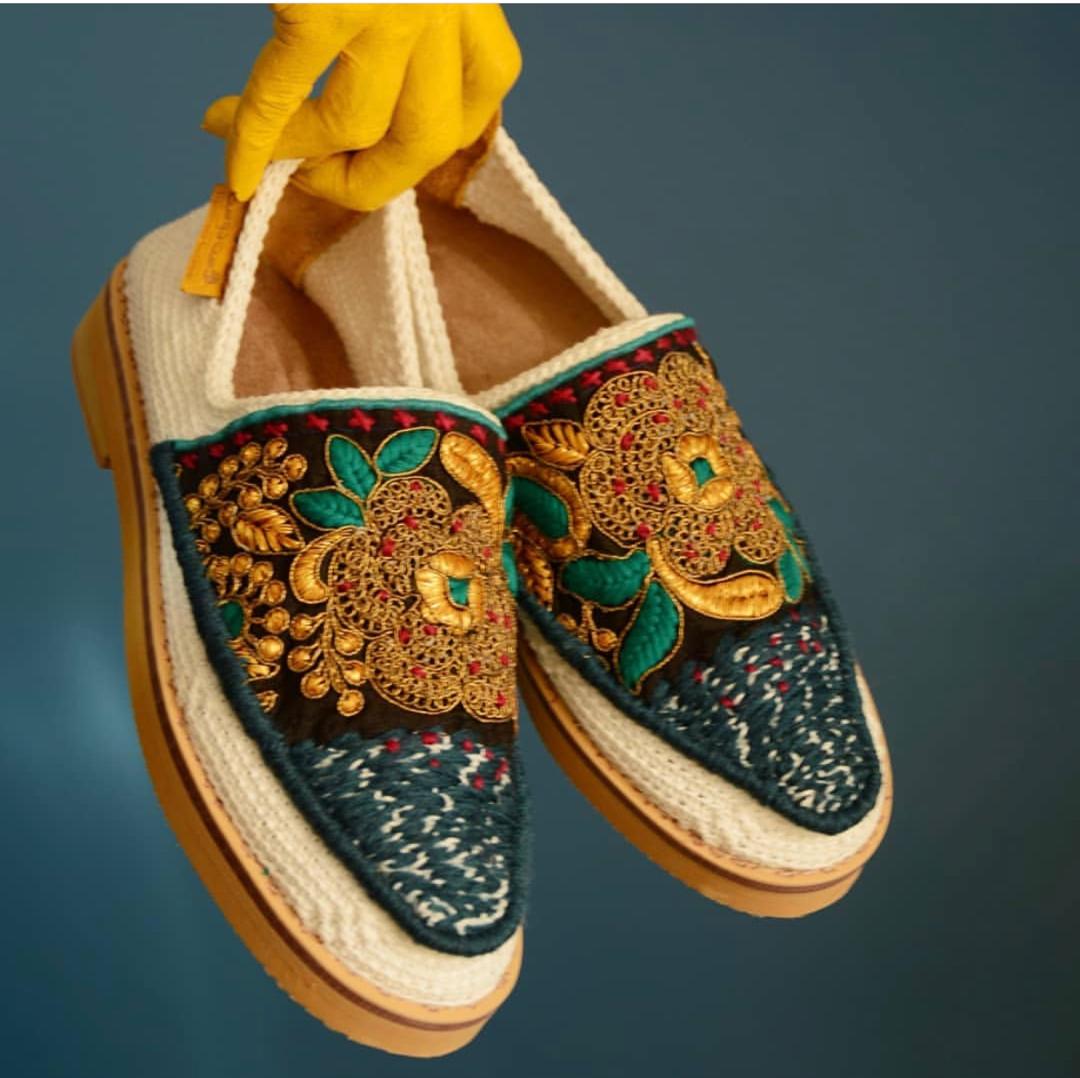
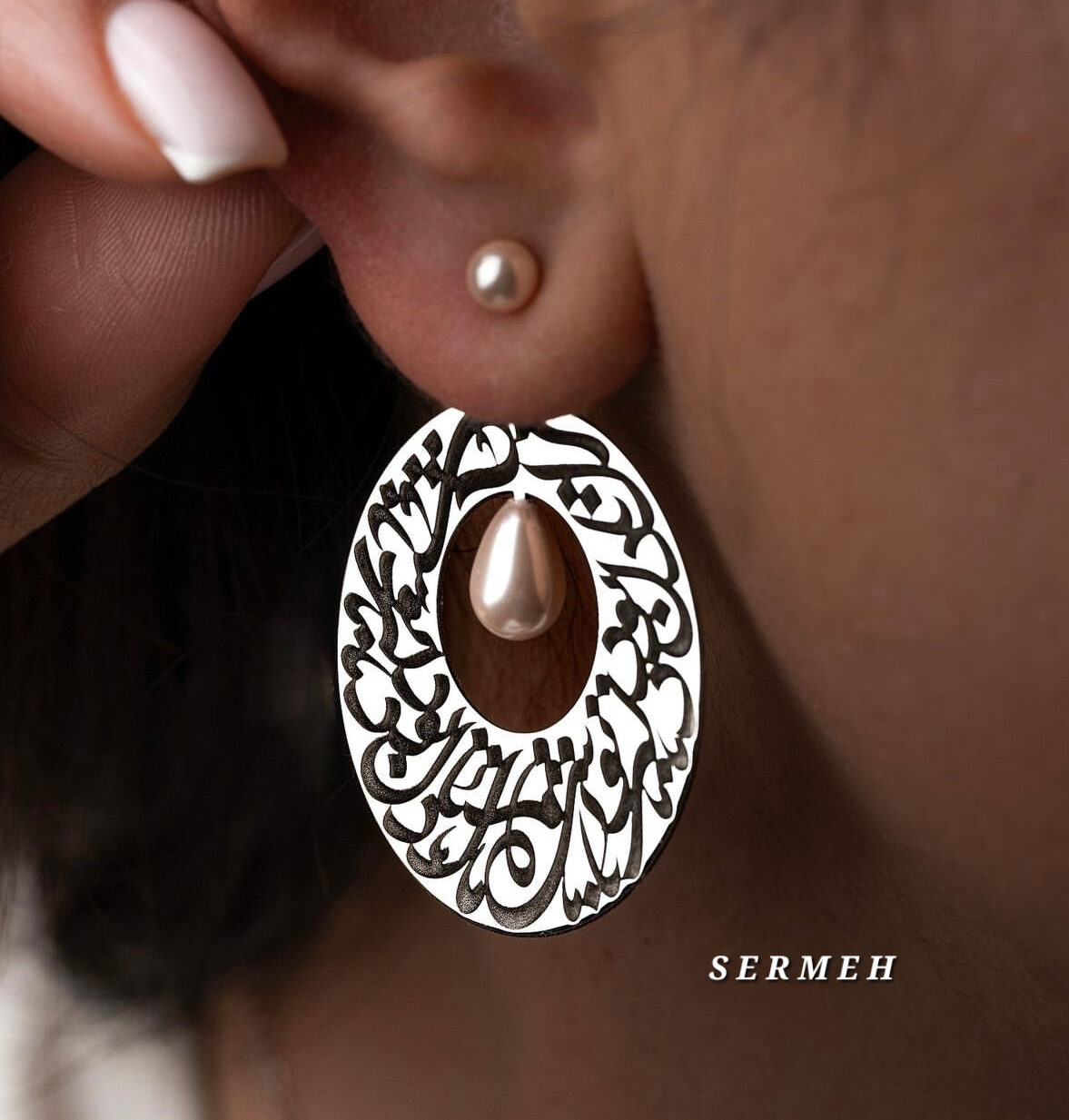


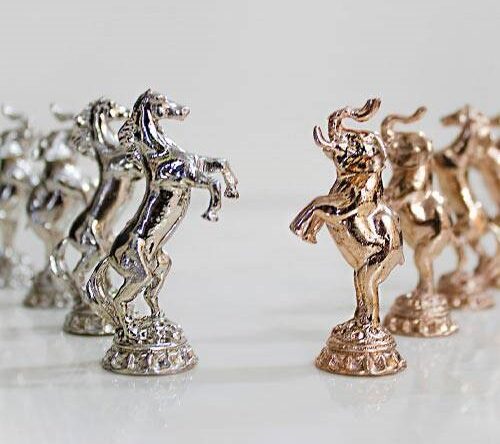
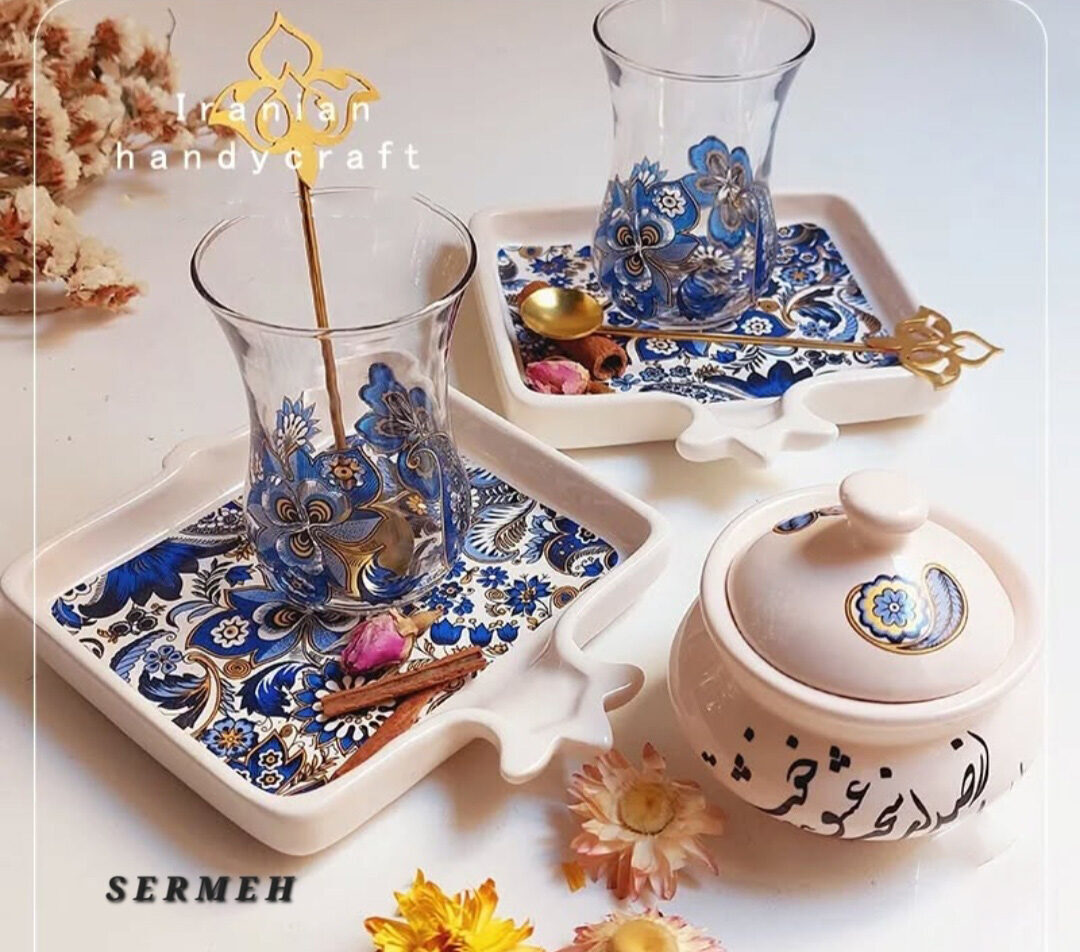
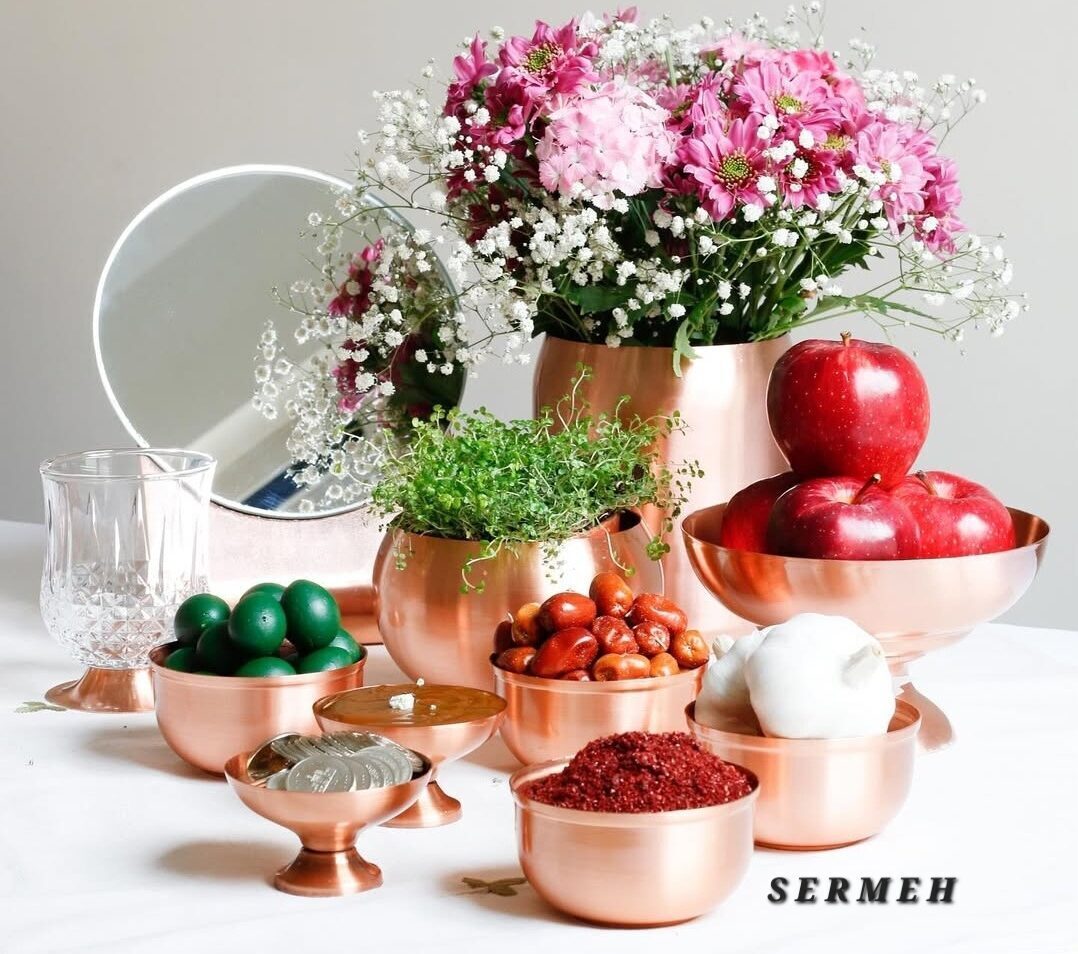
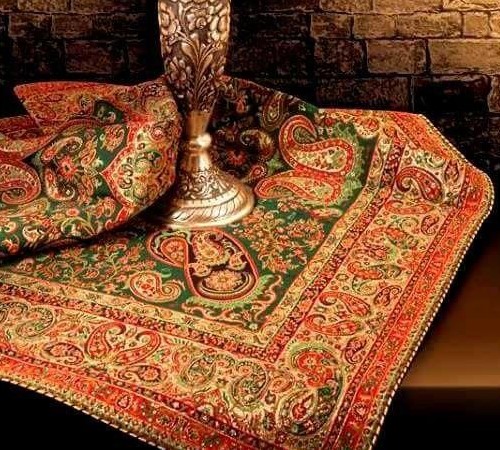
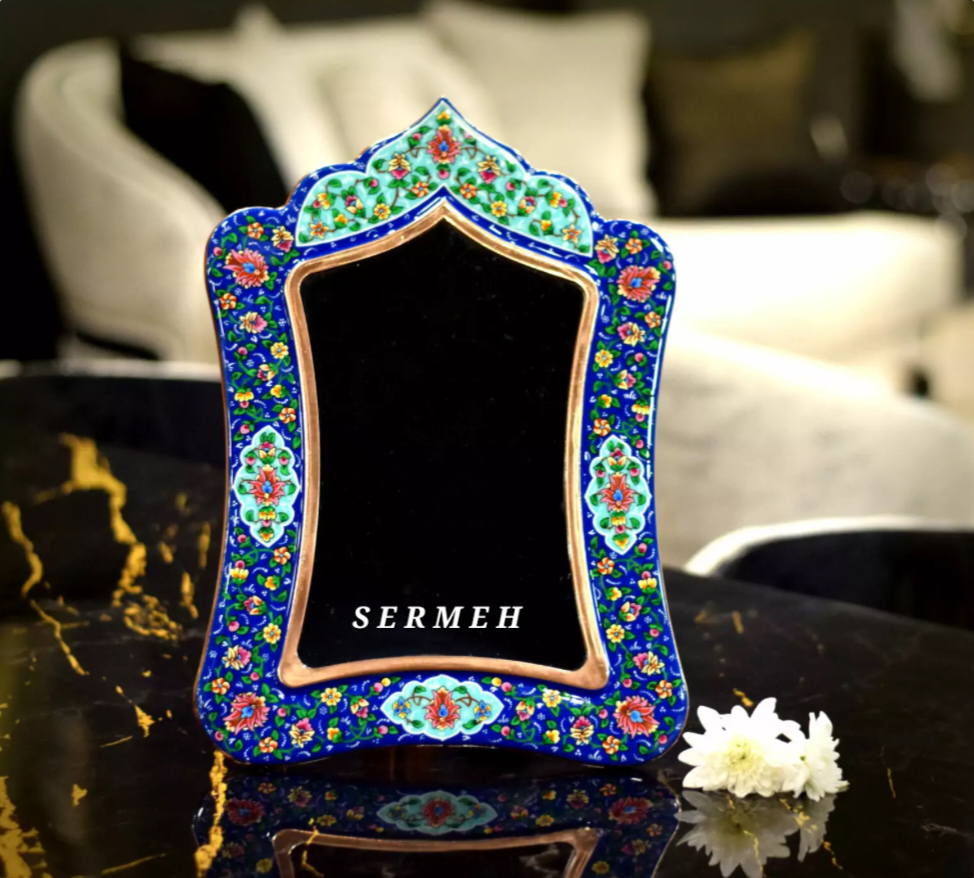
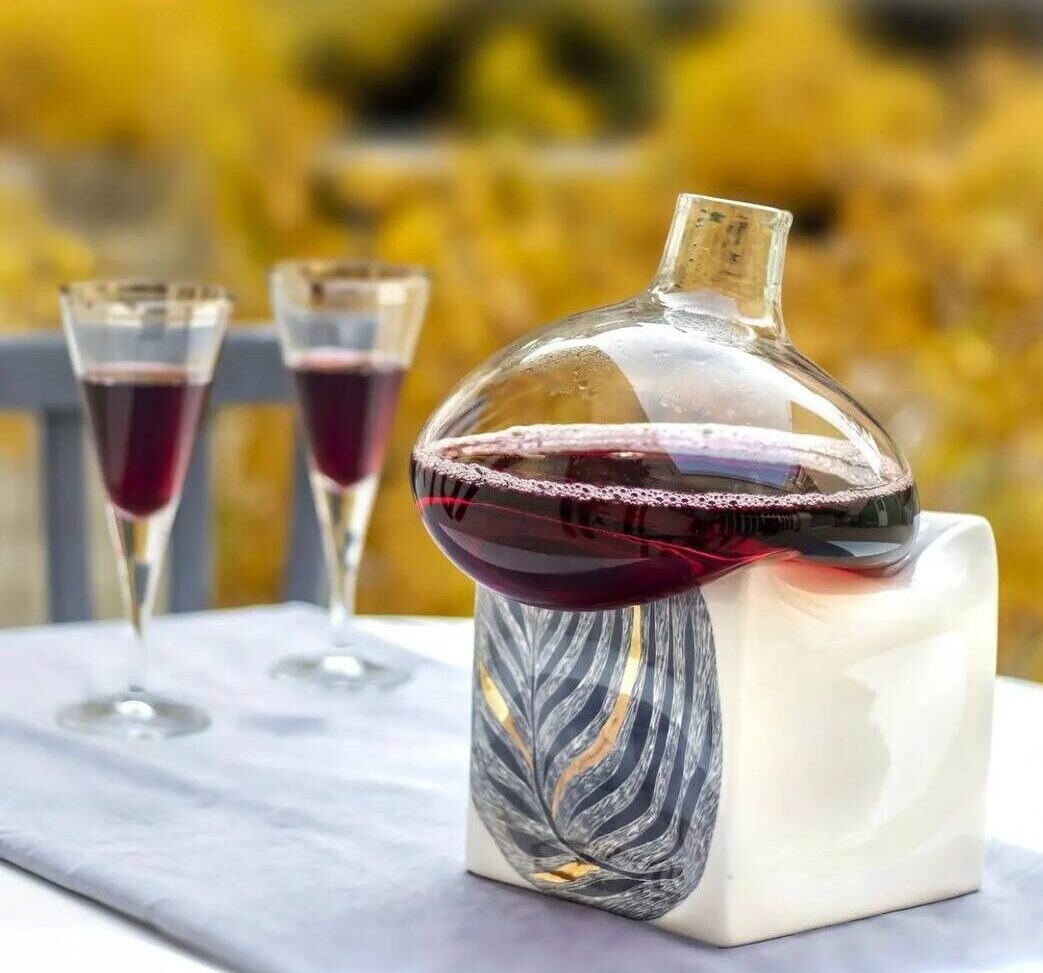

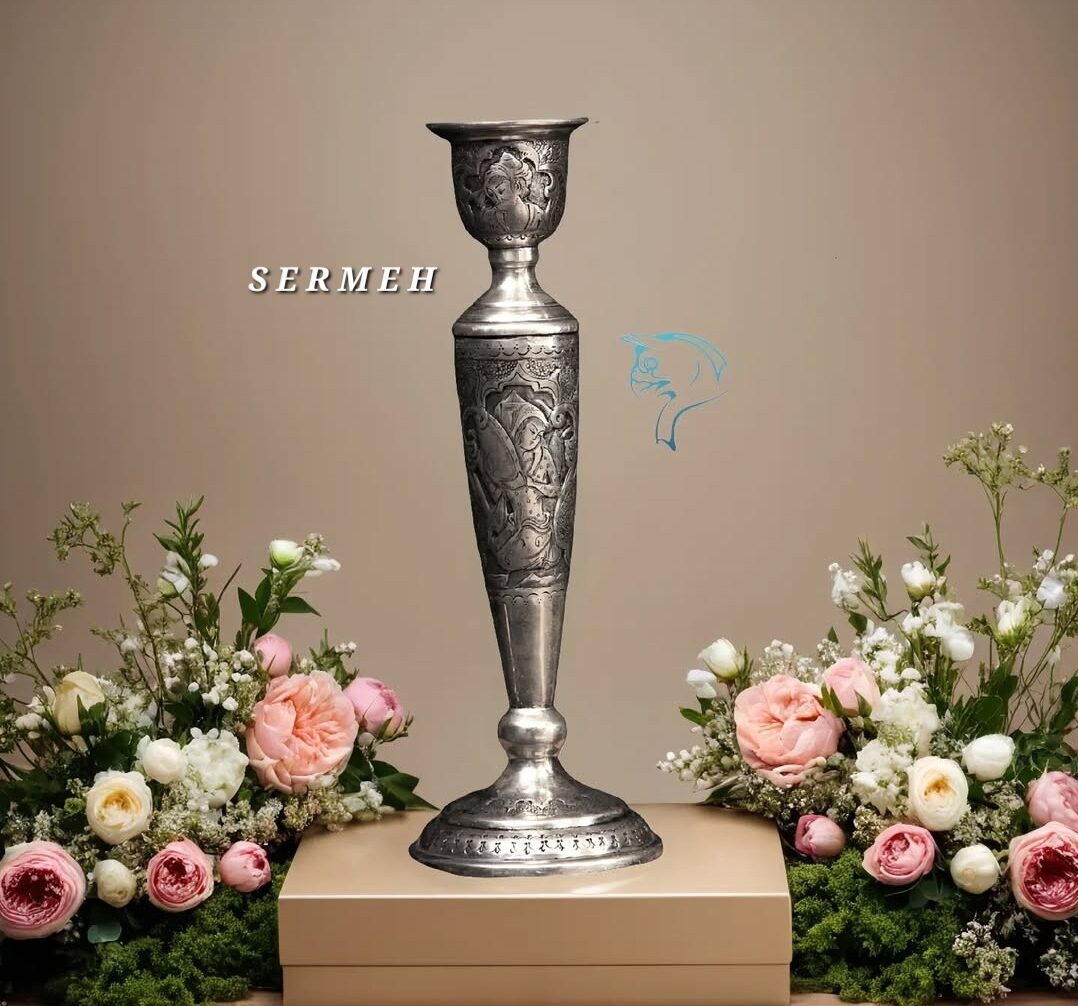

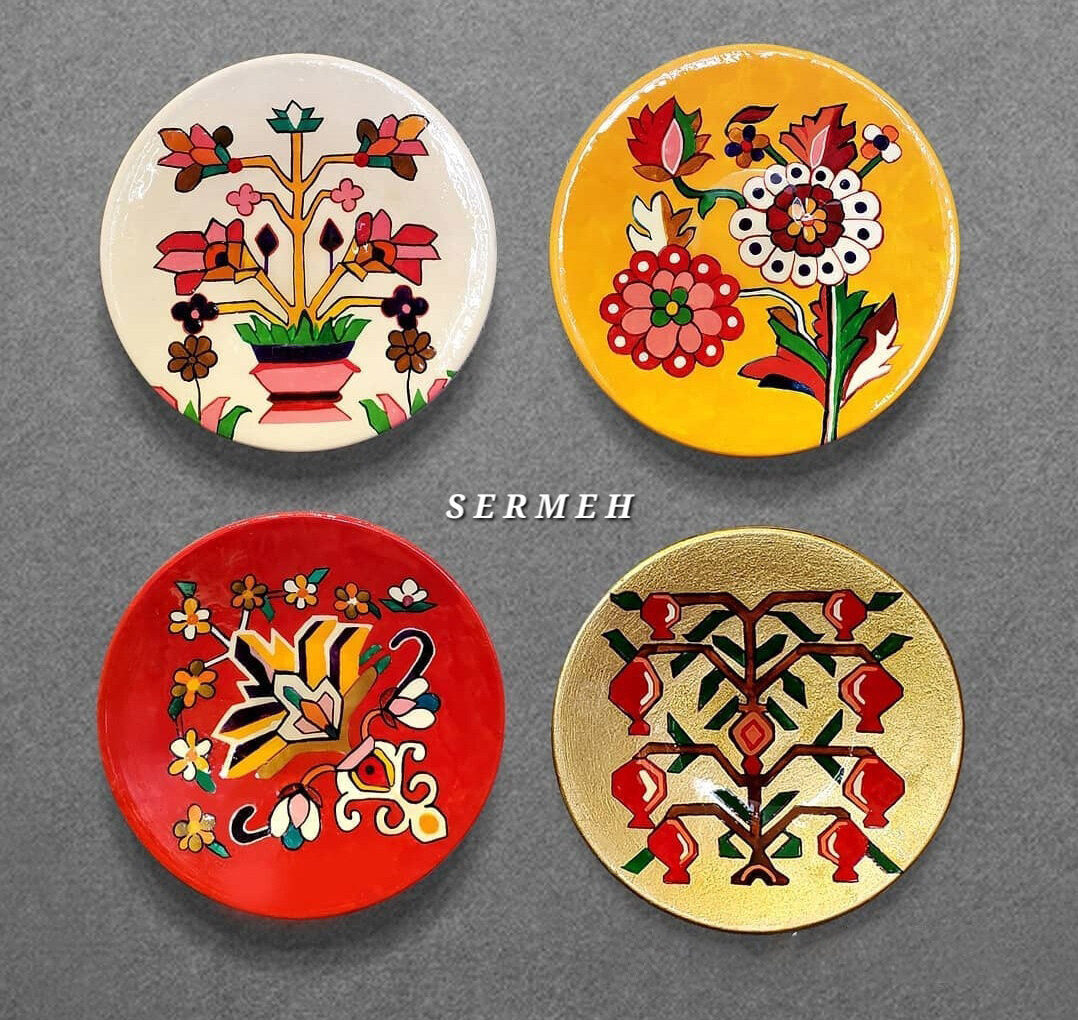
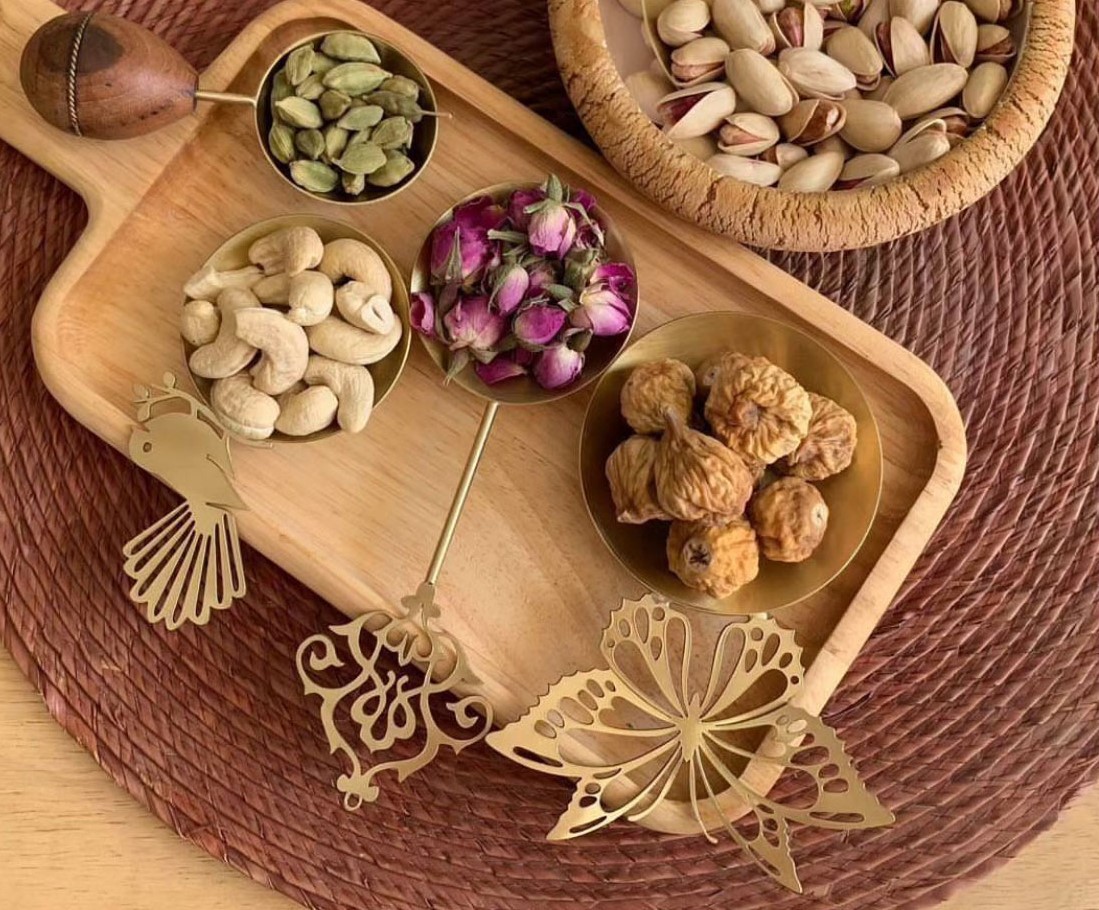
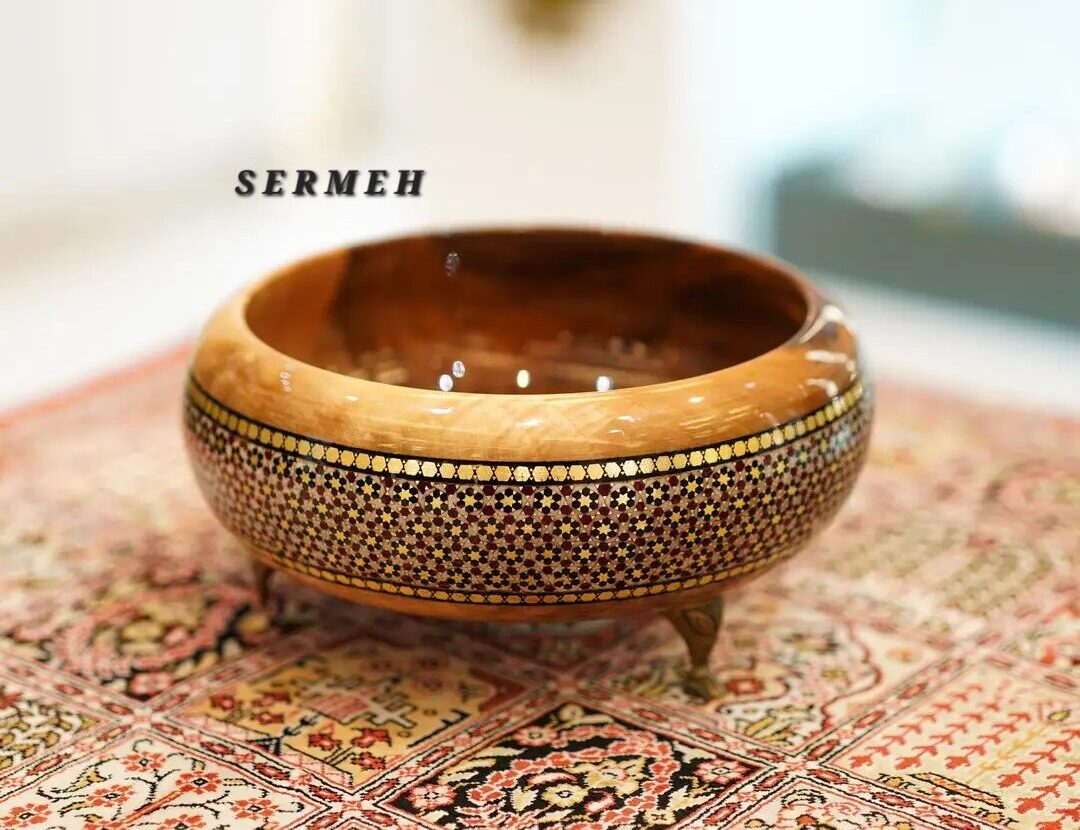

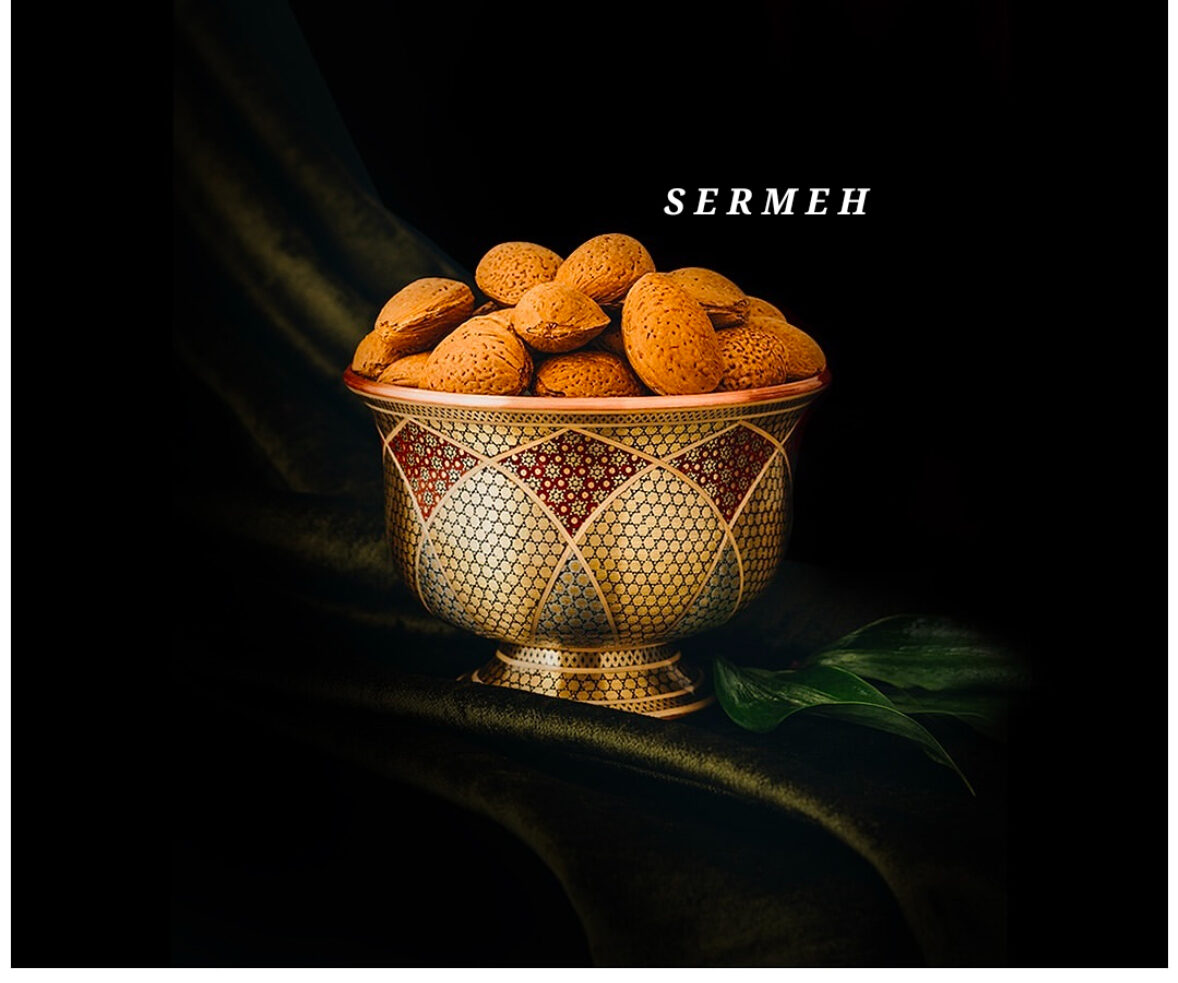
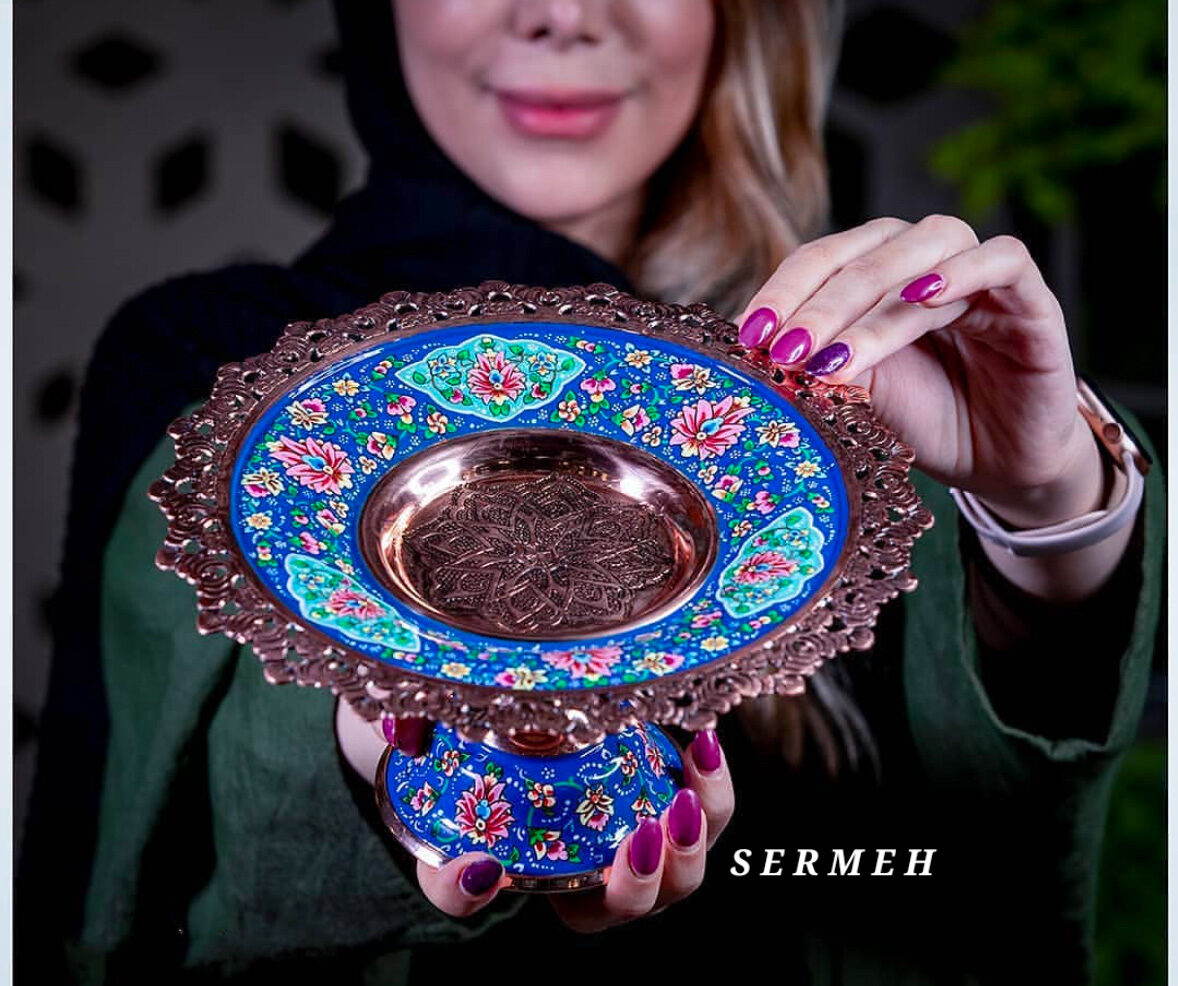
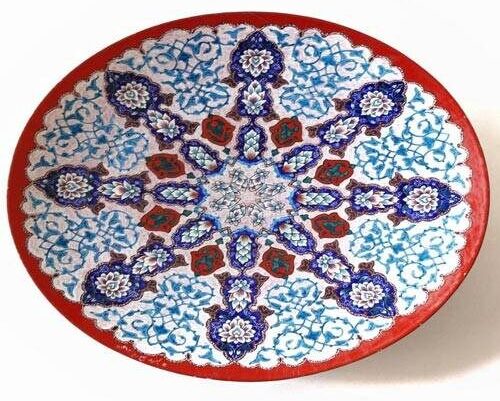

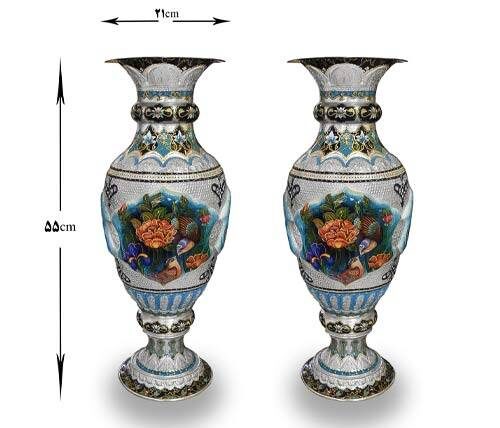
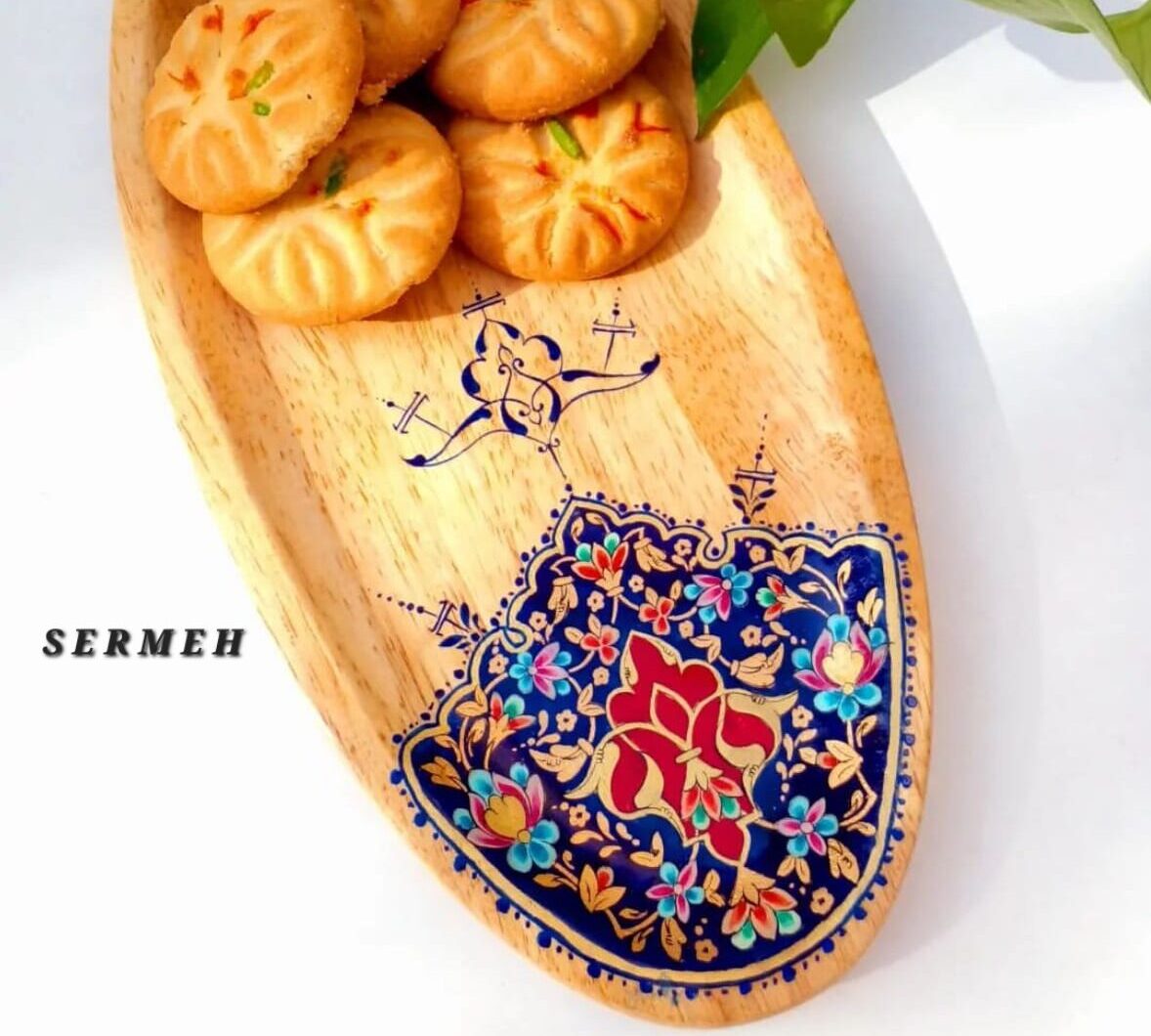
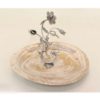
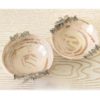
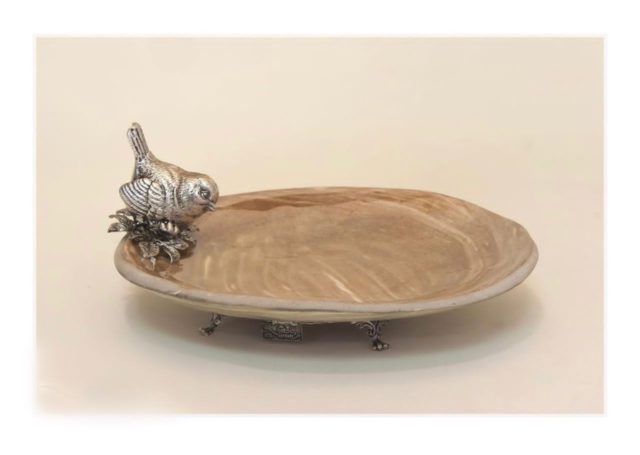
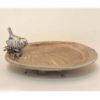
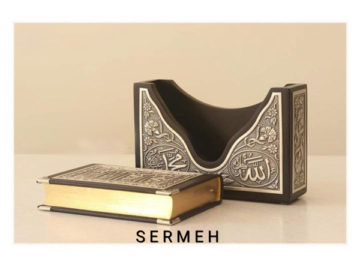

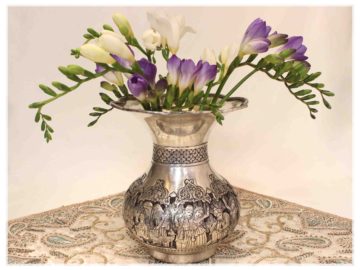
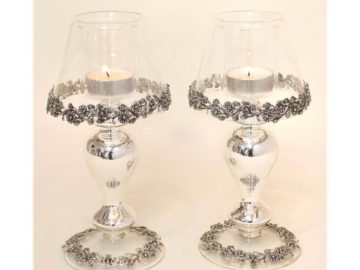
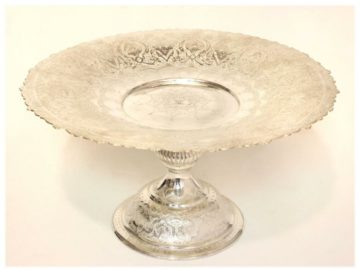
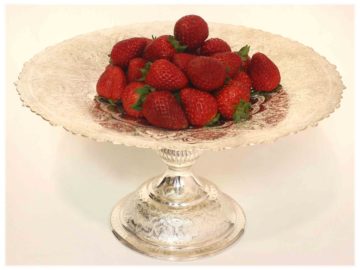
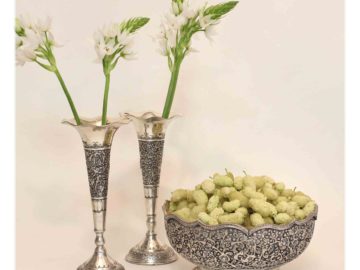


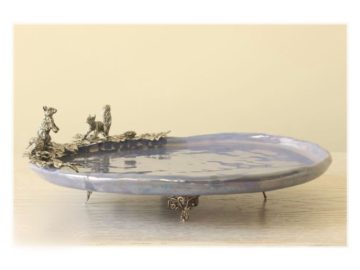
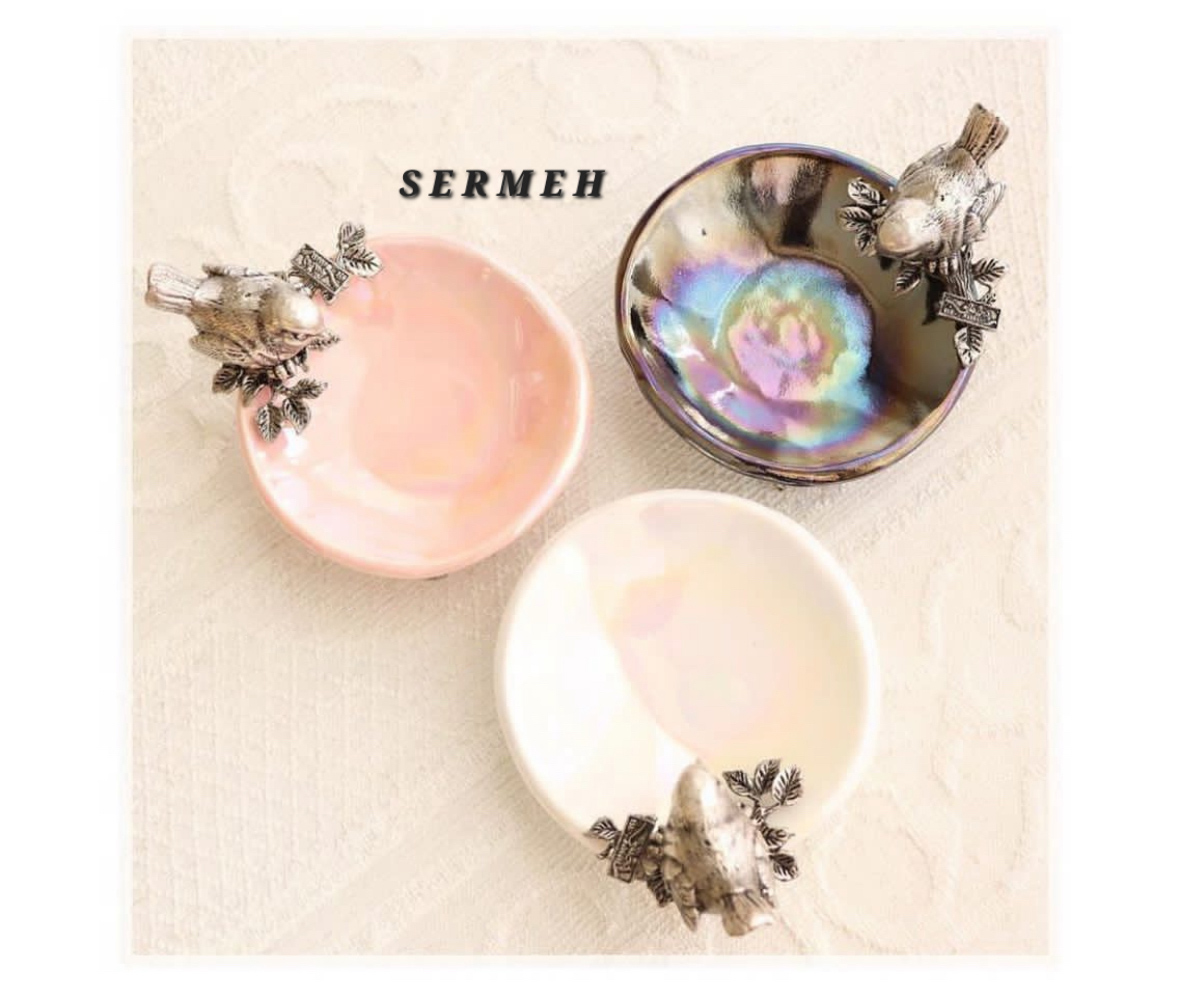
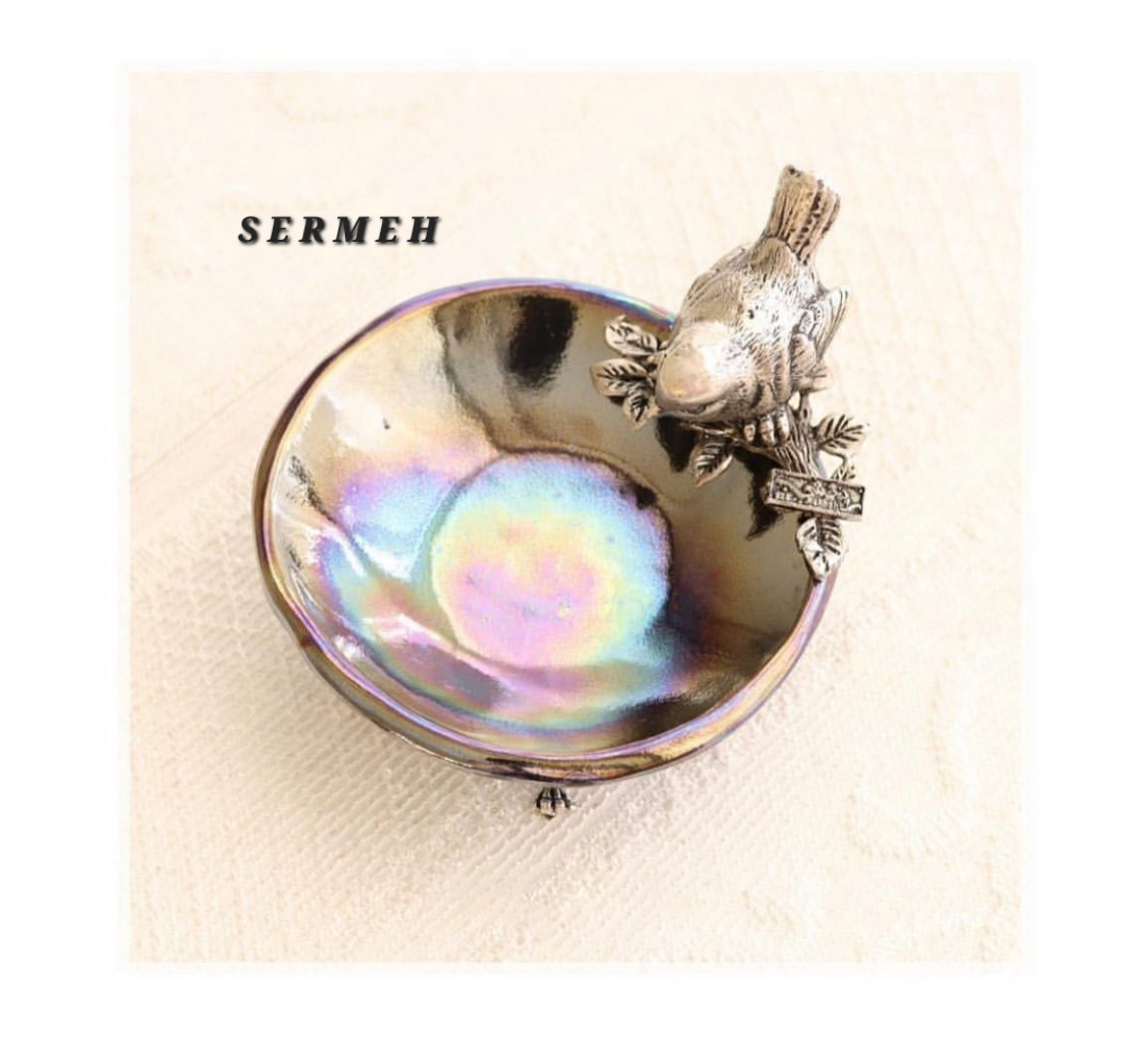
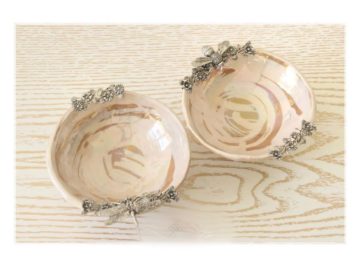
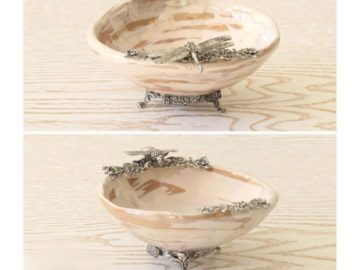
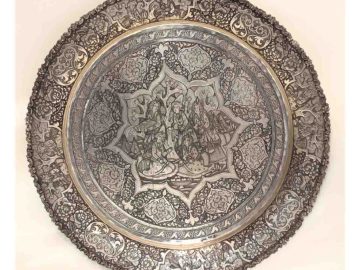
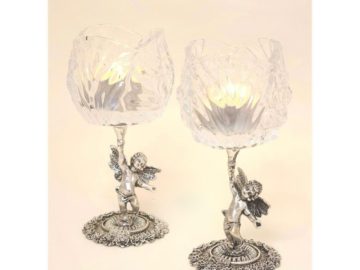
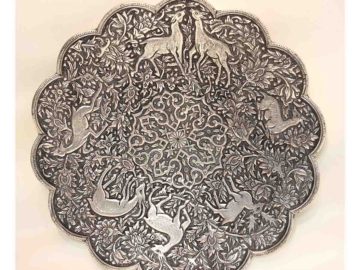
Reviews
There are no reviews yet.